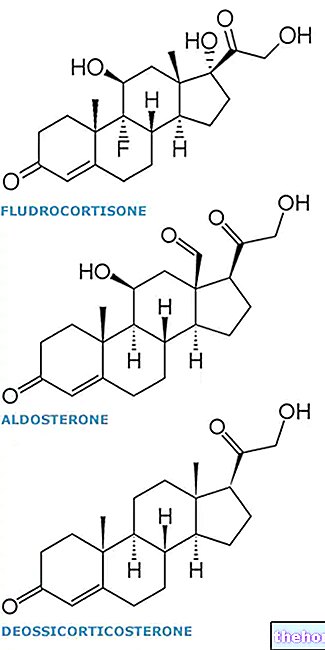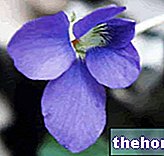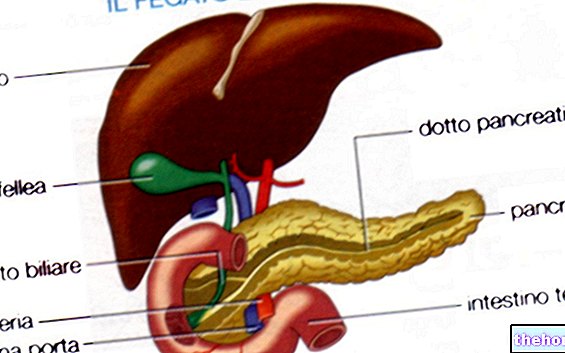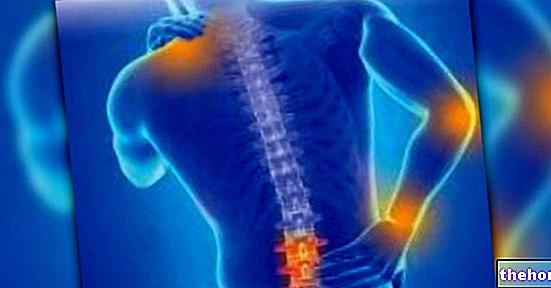Homeostasis
Homeostasis is the ability to maintain a condition of internal equilibrium, regardless of the changes that occur outside. For example, our body is able to maintain an almost constant temperature despite the continuous climatic variations. All these myriads of processes require different times, there are some short-term regulation mechanisms that are activated immediately (regulation of the heartbeat following an effort) and others that require longer times (female menstrual cycle).
Hormones and circadian rhythms

- Growing phase
- Maximum peak (acrophase)
- Decreasing phase
- Minimum peak
The alternation of these stages can take place or be studied over a day (circadian rhythms), a week (circasettan rhythms), a month (circatrigintan rhythms), a lunar cycle (circalunar rhythms) of a year ( circannual rhythms) and so on.
Athletic performance also follows a circadian rhythm. Some tests have shown that:
- the highest peaks in body temperature are recorded in the late afternoon and early evening hours (16-18). This increase in temperature is associated with an improvement in reactive abilities, explosive strength, maximum strength and maximum oxygen consumption (maximum aerobic capacity). If we consider that body hyperthermia improves the speed of propagation of nerve stimuli and increases metabolism, facilitating the production of energy, the improvement in sports performance that it entails is easily explained.
- In the morning, on the other hand, there is an improvement in intellectual capacity.
Even the plasma concentrations of some hormones can positively or negatively affect sports performance in the various phases of the day.
Notes on circadian hormone secretions
Cortisol is subject to an almost constant basal secretion over 24 hours, with the maximum peak (acrophase) recorded around the very first hours of the morning (3-4) and the minimum peak which coincides with the first hours of night rest (22-24).
The plasma concentration of GH or somatotropin reaches its acrophase around 24 and records its minimum values from 8 to 20.
Testosterone reaches its peak around 2-3 in the morning, while the minimum is recorded around 18.
TSH, the main hormone that regulates thyroid functions, has a trend very similar to that of testosterone.
Hormomas and training
Influence of hormones on physical performance: what time is it best to train?
The cortisol peak determines a greater predisposition of our body to use fatty acids as an energy substrate. Therefore, to lose weight it is useful to train in the morning in hypoglycemic conditions.
At the same time, however, it is necessary to consider the risks associated with this practice (dizziness, malaise, hunger crises and possible fainting). It may be helpful to carry some sugar sachets with you to take as soon as the symptoms listed above occur.
Any intake of food before the morning training session leads to a reduction in cortisol levels, canceling its positive effects on lipolysis.
Those who want to lose weight while preserving or even increasing their muscle mass must also bear in mind that morning hypercortisolism favors the catabolism of amino acids, a fundamental process for producing glucose and keeping blood sugar constant.
Chronic hypercortisolism favors the accumulation of fat, especially in the abdominal region, at the same time reducing muscle mass and triggering a catabolic process that mainly affects the muscles of the lower limbs. Therefore, for those who lead a stressful life, with incorrect eating habits, this slimming strategy is not recommended. To reduce cortisol levels, on the other hand, it is important to consume a "hearty breakfast, rich in low, medium and high glycemic index carbohydrates.
The hormonal profile that is unsaturated in the evening favors glycogen synthesis, predisposing the body to the accumulation of glycogen and fatty acids in the form of adipose tissue; this explains why it is not advisable to take a meal rich in carbohydrates at dinner.
In the early hours of the night, on the other hand, there is a predisposition to protein accumulation which favors muscle anabolism; this explains why bodybuilders are often advised to take a protein supplement based on casein (particular milk proteins) before going to bed.
The circadian rhythms of these hormones can also be used in your favor during training.
Anabolic hormones are stimulated during the first minutes of physical activity, especially if it is performed at a particularly high rate, with overproduction and consequent accumulation of lactic acid. Catabolic hormones are noticeably activated after the 45th minute of exercise. Even lymphocytes (the main constituents of the immune system) decrease after too intense training, in relation to the increased secretion of cortisol and its immunosuppressive activity. In these cases we speak of an immunological reaction to stress. An inadequate training program and / or excessive, not only will it increase the risk of injury but, above all, it will cause a decrease in the immune defenses in the long run, predisposing the body to a greater risk of infections. In this regard, it is good to underline the danger of training carried out in the presence of febrile states, due to the serious risk of serious complications, such as pneumonia and myocarditis, which they entail.
RELATED ARTICLES: Hormonal Changes Throughout the Year
What time is it best to train?









.jpg)


















